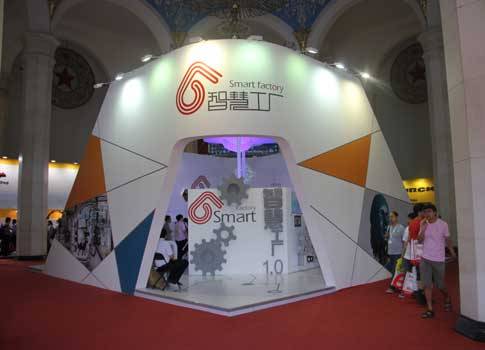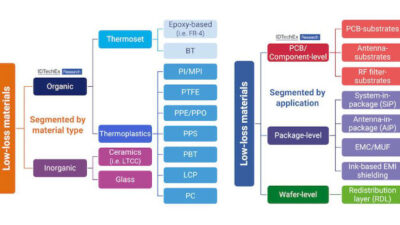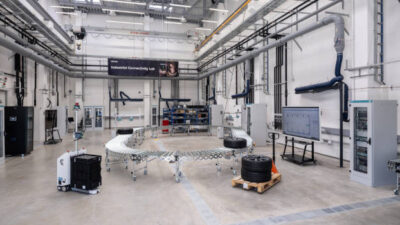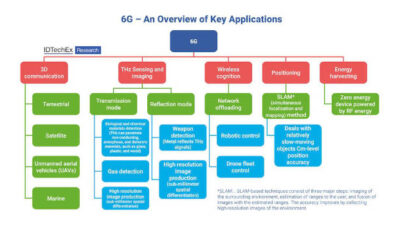Control Engineering International: China’s “Smart Factory 1.0” proposes that domestic manufacturing equipment should provide digitization and networking, with the third generation of research and development, facilitating concept, innovation, virtual simulation, and rapid prototyping.

Building on the “Industry 4.0” concept, discussed heavily at the 2013 Hannover industry exhibition and proposed by Germany’s government, China has been working on an innovative industrial model called “Smart Factory 1.0.” Some automation companies, research institutes, and system integrators are working to define this innovative industrial model for China’s manufacturing, to meet the demands of China’s industrial reform.
A group of companies, including Beckhoff Automation, Elco, and E-Cube, are actively involved in the concept’s definition and promotion. The Smart Factory 1.0 concept has proposed a realistic specification for equipment manufacturers and terminal factory users of China.
For equipment manufacturers, Smart Factory 1.0 proposes that domestic manufacturing equipment should provide digitization and networking, with the third generation of research and development, continuing the steps of “concept, innovation, virtual simulation, and rapid prototyping.”
Smart factory technologies
Multiple motors with direct drive, industrial Ethernet, smart sensors, modular hardware, and software also should be widely used in manufacturing equipment. In addition, safety, remote monitoring and diagnosis, and optimization of energy efficiency should be supported.
For terminal factory users, Smart Factory 1.0 proposes using digital network equipment, achieving widespread integration of the automation system of the workshop level and the on-site level. It also proposes that interoperability and information standardization of the main equipment, and flexible production, should be achieved.
Smart Factory 1.0 also suggests that an energy efficiency management system for production equipment and production materials and predictive maintenance should be used as soon as possible.
In China, industrial reform often depends on two motivating factors: government guidance and the needs of industrial users. Smart Factory 1.0 fits with each aspect. While industrial intellectualization and information integration is the main focus of government industrial policy, domestic equipment manufacturers and factory users also are seeking more competitive and economic solutions to cope with increasingly fierce competition.
Practical implementation
Unlike Industry 4.0, Smart Factory 1.0 is not focusing on the most advanced technology but on the practical implementation of existing leading technologies as needed by industries in China. Despite all the automation technologies introduced into the Chinese market for many years, there are big differences in how industries and enterprises apply those technologies.
At the Industrial Automation Beijing 2013 exhibition, Smart Factory 1.0 was shown as an important development. As one of the major promoters of the concept, Jian Wang, the general manager of E-Cube, said, “We hope more people and enterprises can understand and accept the ‘Smart Factory 1.0,’ so they can gain actual economic benefits and high efficiency, and more easily connect to international technology trends.”
– Henry Qiao is an editor, Control Engineering China. Translation from a recent edition of CE China was edited by Mark T. Hoske, content manager, CFE Media, Control Engineering, [email protected].
ONLINE
www.cechina.cn
www.controleng.com/international has other international reports
Key concepts
- With China stepping up interconnectivity and digitization efforts, should other areas of the world do the same?



